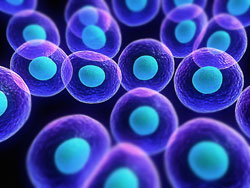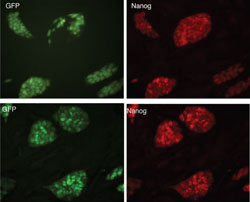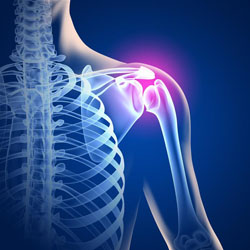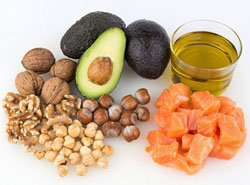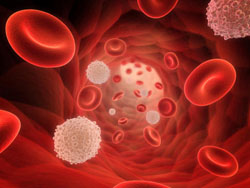Soluble Corn Fiber Helps Build and Protect Bone

Supplementing with soluble corn fiber can help build and retain calcium in bone, according to new research from Purdue University. The study focused on two critical times in a woman’s life adolescence and post-menopause, however the results may be beneficial to all adolescents and adults regardless of age.
“We are looking deeper in the gut to build healthy bone in girls and help older women retain strong bones,” said Connie Weaver, distinguished professor and head of nutrition science. “Soluble corn fiber, a prebiotic, helps the body better utilize calcium during both adolescence and post-menopause. The gut microbiome is the new frontier in health.”
The post-menopause findings are published in the American Journal of Clinical Nutrition, and the adolescent findings are published in Journal of Nutrition. The studies are funded by Tate & Lyle Ingredients America LLC. Weaver serves on the scientific advisory board for Pharmative LLC.
A prebiotic fiber passes through the gut for the microbes in the lower gut to digest. Here is where Weaver found that soluble corn fiber is broken down into short chain fatty acids to aid in bone health.
In the post-menopausal study, calcium retention was measured in 14 women by using an isotope to measure the excretion of 41Ca to measure bone loss. The women consumed 0 grams, 10 grams or 20 grams of this nondigestible carbohydrate each day for 50 days. Bone calcium retention was improved by 4.8 percent and 7 percent for those who consumed 10 grams and 20 grams, respectively. These amounts of soluble corn fiber would be found in supplement form.
“If projected out for a year, this would equal and counter the average rate of bone loss in a post-menopausal woman,” said Weaver, an expert in mineral bioavailability, calcium metabolism, botanicals and bone health.
The calcium 41 technology, an isotope measure to trace calcium deposits through accelerator mass spectrometry in the Purdue Rare Isotope Measurement Laboratory (PRIME Lab), can measure atomic quantities. In the adolescent study, 44Ca and 43Ca were used.
Thirty-one girls either consumed 0 grams, 10 grams or 20 grams of soluble corn fiber carbohydrate each day for three weeks while maintaining their regular diets. Both 10 grams and 20 grams led to improved calcium absorption by 12 percent for female adolescents, which would build 1.8 percent more skeleton a year.
In both studies, gastrointestinal symptoms were minimal and the same for the control groups, as well as in those who consumed soluble corn fiber.
“Most studies looking at benefits from soluble corn fiber are trying to solve digestion problems, and we are the first to determine that this relationship of feeding certain kind of fiber can alter the gut microbiome in ways that can enhance health,” Weaver said. “We found this prebiotic can help healthy people use minerals better to support bone health.”
Calcium is considered a shortfall nutrient, and few people meet the recommended intake of 1,300 milligrams of calcium for healthy bone mass.
“The finding doesn’t mean we should diminish our recommendation to consume calcium and follow a well-balanced diet. This is a strategy to better utilize your minerals,” Weaver said. “Calcium alone suppresses bone loss, but it doesn’t enhance bone formation. These fibers enhance bone formation, so they are doing something more than enhancing calcium absorption.”
Weaver’s team is looking into the mechanisms of how soluble corn fiber boosts calcium absorption and retention, as well as if the prebiotic fiber benefits the body in other ways.
Soluble Corn Fiber can be purchased at many health food stores.
References:
S. A. Jakeman, C. N. Henry, B. R. Martin, G. P. McCabe, L. D. McCabe, G. S. Jackson, M. Peacock, C. M. Weaver. Soluble corn fiber increases bone calcium retention in postmenopausal women in a dose-dependent manner: a randomized crossover trial. American Journal of Clinical Nutrition, 2016; doi: 10.3945/ajcn.116.132761
Corrie M Whisner, Berdine R Martin, Cindy H Nakatsu, Jon A Story, Claire J MacDonald-Clarke, Linda D McCabe, George P McCabe, and Connie M Weaver. Soluble Corn Fiber Increases Calcium Absorption Associated with Shifts in the Gut Microbiome: A Randomized Dose-Response Trial in Free-Living Pubertal Females. J. Nutr. jn227256; 2016; doi: 10.3945/jn.115.227256



